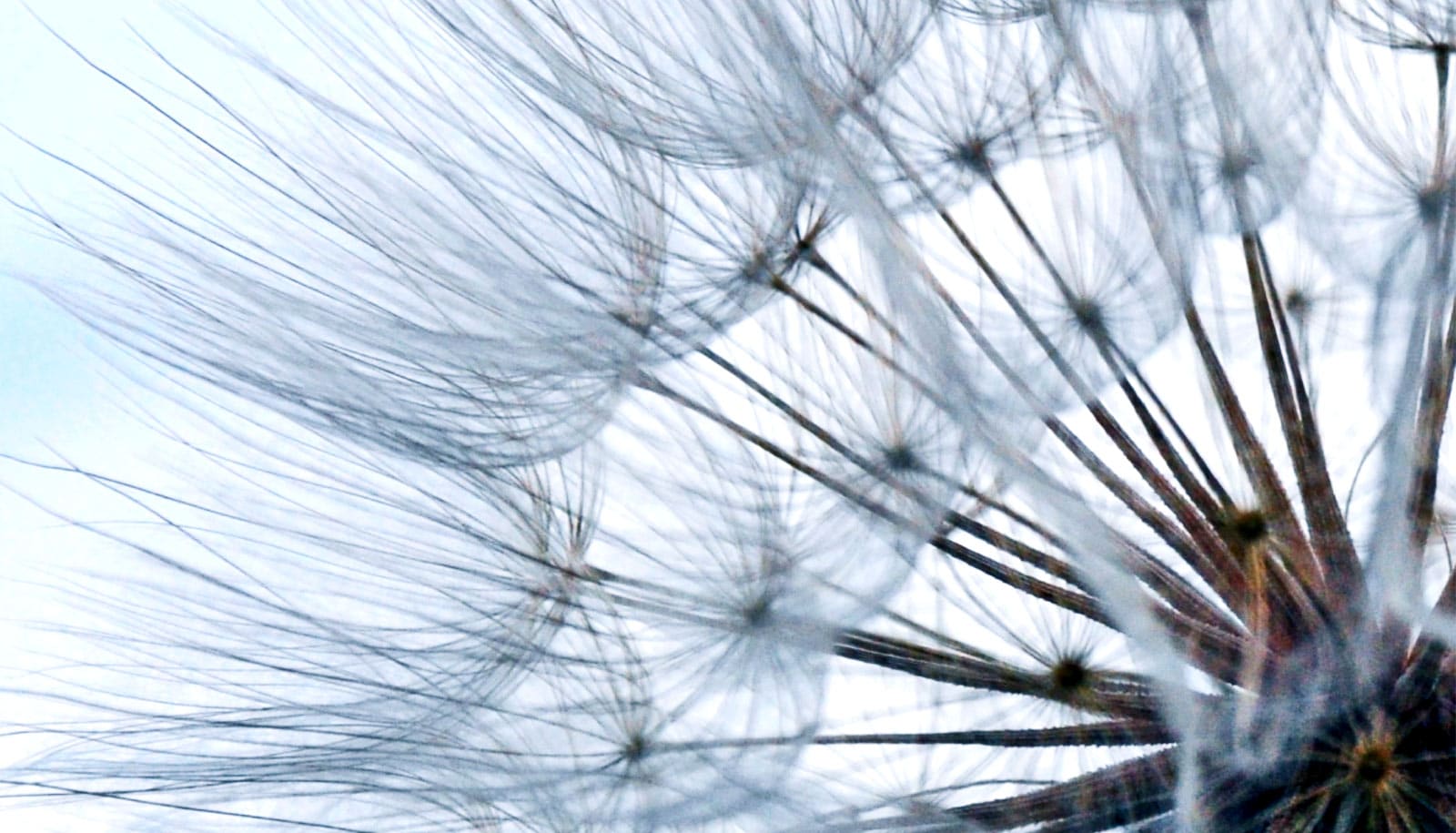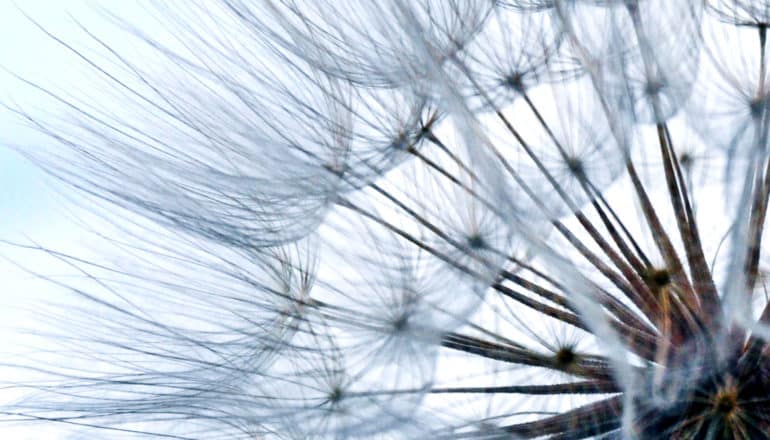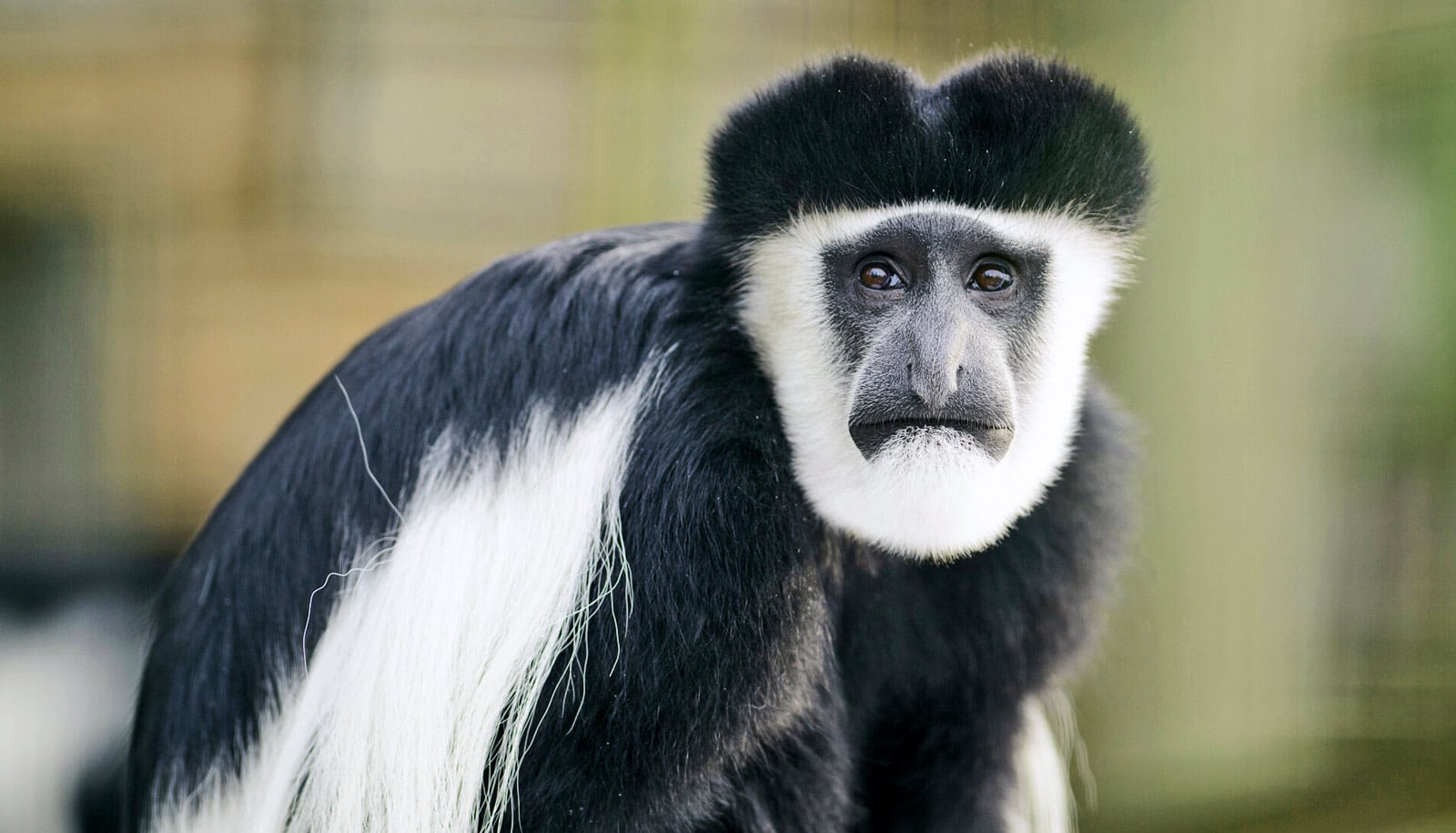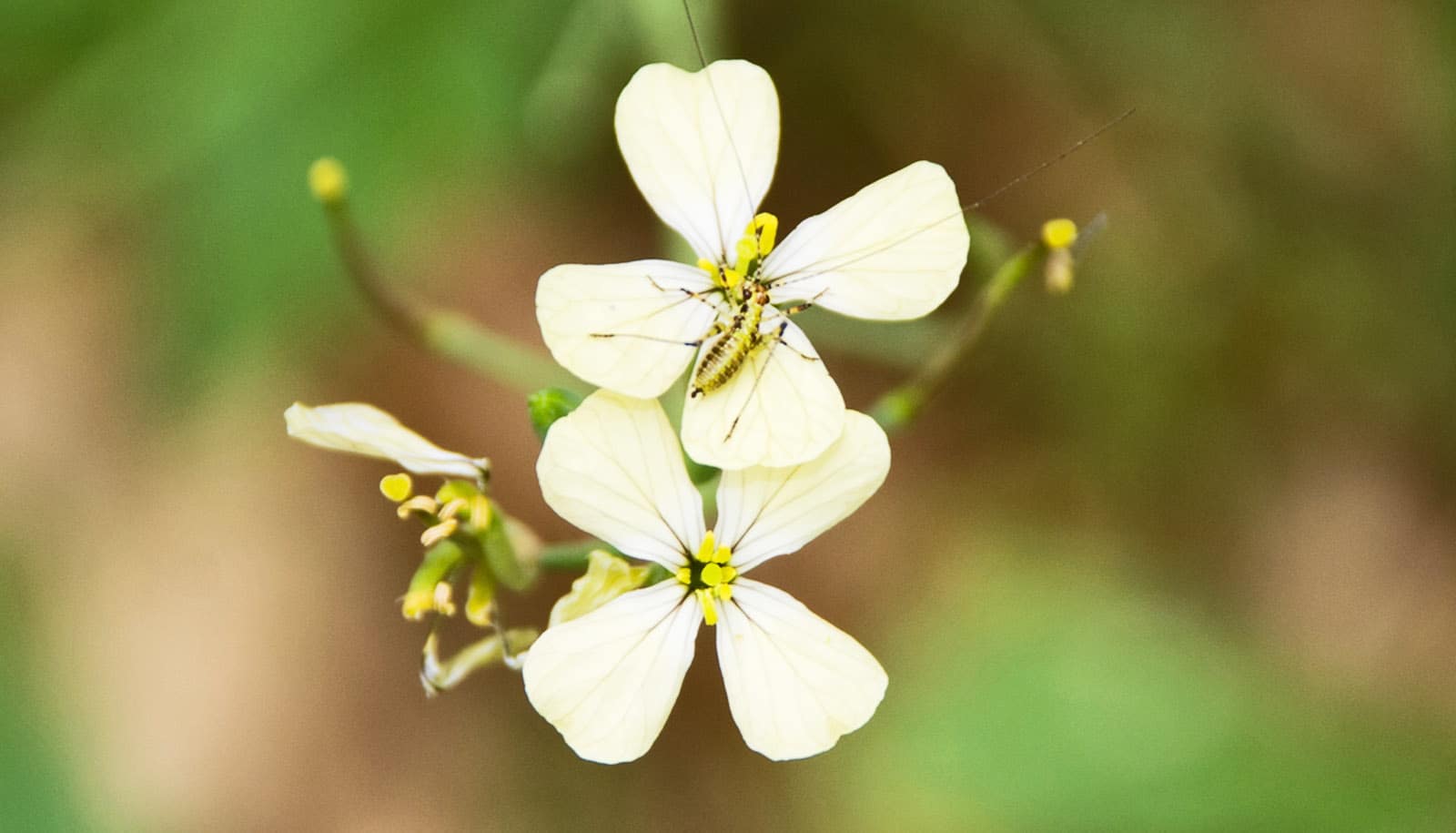
(Credit: Brian Hoffman/Flickr )
Family fights drive evolutionary ‘arms race’ in seeds
Conflict over the amount of resources an offspring receives from its parent may lead to speedy evolution.

A new study reveals the surprising way that family quarrels in seeds drive rapid evolution.
Conflict over the amount of resources an offspring receives from its parent seems to play a special role in the development of certain seed tissues, according to the research.
Plant seeds contain tissues that represent three distinct genetic relatives: the mother, the embryo, and a bizarre triploid tissue called the endosperm that is involved in nutrient transfer from mother to embryo.
The researchers used genomic data from the model plant Arabidopsis thaliana to illuminate a dispute between these three parties over how much resources the embryo should get.
Conflict and competition
“When we think about how parent-offspring conflict might manifest, we have a tendency to think that there has to be two different parties interacting, a mother and baby,” says Katherine Geist, a PhD candidate in the laboratory of David C. Queller and Joan Strassmann, both professors of biology at Washington University in St. Louis.
Any one baby wants more for itself than for its siblings while the mother wants a fair split among her offspring. Robin nestlings beg for earthworms, for example. Human babies cry.
“In a seed, that might not be as obvious,” Geist says.
“But there’s still all of this stuff going on at a hormonal and cellular signaling level. These are different parties with different genetic interests,” she says.
Evolutionary conflict often leads to faster evolution—sometimes called an “arms race”—as organisms with competing interests seek to one-up each other generation after generation. This interaction is best recognized where the conflicts are very strong, such as the conflict between a host and pathogen.
“But relatedness is expected to decrease conflict,” Queller says. “We wanted to see if conflicts among kin nevertheless drive rapid evolution consistent with an evolutionary arms race.”
Squabbles big and small
Previously published genomic data for Arabidopsis identified the genes specialized for different parts of a parent plant’s body, as well as those for its seed tissues and sub-tissues. Geist meticulously combed through multiple iterations of this data for her focus species of Arabidopsis and a few of its cousins.
She compared the rates of adaptive evolution in the genes that control growth in different parts of the plants.
Geist found higher rates of adaptive evolution for genes upregulated in seeds, as compared with rates in other plant organs—like floral buds, stems, leaf rosettes, and roots. She also found more evidence of adaptive evolution in genes expressed in the endosperm and maternal tissues than in embryos, and more in the seeds’ sub-tissues that are specifically involved in nutrient transfer.
“We see our predicted molecular evolution pattern of rapid adaptation in the regions of the genes that are involved in resource allocation, but not in those that are presumably only involved in storage,” Geist says.
The results support the predictions that arms races come not just from implacable enemies—like hosts and pathogens—but also from lesser squabbles within families. They also suggest that plant families have the same kinds of squabbles as animals.
The social interactions explored in this study might have implications for seed size that could be explored investigated in future work, researchers says. The ultimate size and nutritional value of seeds is important to humans, who rely on grains like rice, wheat, barley, and quinoa as major sources of food around the world.
The study appears in the Proceedings of the National Academy of Sciences. The National Science Foundation and the John Templeton Foundation funded the work.
Source: Washington University in St. Louis
The post Family fights drive evolutionary ‘arms race’ in seeds appeared first on Futurity.
Share this article:
This article uses material from the Futurity article, and is licenced under a CC BY-SA 4.0 International License. Images, videos and audio are available under their respective licenses.


